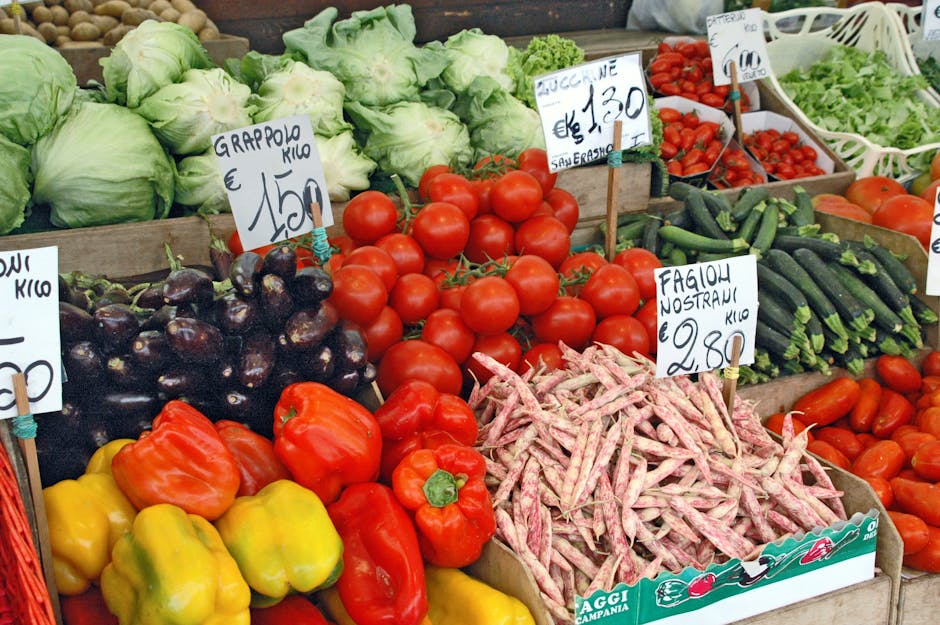
In the ever-evolving world of fashion, sustainability has become more than just a buzzword; it’s a necessity. As the fashion industry continues to grapple with environmental concerns and consumer demand for eco-friendly products, companies like Natural Fiber Welding (NFW) have emerged as pivotal players. Their product, Mirum, a sustainable material that aims to replace traditional leather and synthetic options, is now at a critical juncture. The year 2025 presents a fascinating landscape to explore whether Mirum is truly facing its final chapter in sustainable fashion or if it’s poised for a remarkable comeback.
The Rise of Mirum in Sustainable Fashion
Mirum, developed by NFW, burst onto the scene with the promise of revolutionizing sustainable materials. Unlike traditional leather, which involves environmentally taxing processes, and synthetic alternatives laced with petroleum-based chemicals, Mirum stands out as a plant-based, zero-plastic, and fully biodegradable material. Its introduction marked a significant milestone for brands seeking to reduce their environmental footprint while maintaining quality and style.
The Initial Success and Adoption
Initially, Mirum witnessed a warm reception from both fashion brands and environmentally conscious consumers. Major fashion houses and emerging designers alike embraced this innovative material, incorporating it into their collections. Mirum was lauded for its versatility and the way it lent itself to a variety of fashion items—shoes, bags, and clothing accessories. This initial wave of success was indicative of the market’s readiness to accept sustainable alternatives, sparking hope for a new era in eco-friendly fashion.
Challenges on the Horizon
Despite its early success, Mirum did not remain unchallenged. The sustainable fashion landscape is fiercely competitive, with numerous materials vying for the top spot. As 2025 unfolds, Mirum faces several significant hurdles that could determine its future.
Competitive Landscape
The sustainable materials market is expanding rapidly, with innovations emerging at a breakneck pace. Competitors have developed their own plant-based and biodegradable materials, each offering unique benefits. This intense competition forces Mirum to continuously adapt and improve to maintain its market position.
Production and Scalability Issues
Another challenge lies in scaling production to meet global demand. While Mirum’s manufacturing process is less harmful to the environment compared to traditional leather, it still requires a robust supply chain and manufacturing capabilities. Any disruption or inefficiency in these processes can lead to significant setbacks, affecting the material’s availability and price competitiveness.
Consumer Perceptions and Market Trends
As of 2025, consumer attitudes towards sustainability have evolved, driving demand for transparency and authenticity. Consumers are not only interested in sustainable materials but also in the ethical practices of companies. This shift demands that NFW not only focus on Mirum’s material benefits but also on showcasing ethical business practices throughout its supply chain.
Transparency and Ethical Practices
Today’s consumers are more informed than ever, thanks to the digital age’s wealth of information. They demand transparency from brands regarding sourcing, production, and environmental impact. NFW must ensure that its processes are transparent and communicated effectively to maintain consumer trust and interest in Mirum.
Changing Fashion Trends
The fashion industry is notoriously fickle, with trends changing rapidly. While sustainability is a significant trend, fashionability and functionality cannot be overlooked. For Mirum to succeed, it must continue to align itself with current fashion trends while offering superior functionality compared to its competitors.
Strategic Opportunities for Mirum
Despite the challenges, 2025 presents numerous opportunities for Mirum to solidify its place in the sustainable fashion market. A strategic approach can help turn these challenges into avenues for growth and success.
Innovative Collaborations
Collaborating with leading fashion brands can serve as a powerful strategy to enhance Mirum’s visibility and credibility. By partnering with brands known for their commitment to sustainability, NFW can leverage these relationships to reach broader audiences and drive adoption.
Research and Development
Investing in research and development is crucial for Mirum’s evolution. Continued innovation can lead to improvements in production processes, material quality, and new applications. By staying at the forefront of material science, NFW can maintain a competitive edge in the market.
Expanding Market Reach
While Europe and the United States remain significant markets, expanding into other regions with growing interest in sustainable fashion can offer substantial growth opportunities. Targeting markets in Asia and South America, where sustainability is gaining momentum, could be a strategic move for NFW.
Future Outlook: The Road Ahead for Mirum
Looking ahead, the future of Mirum depends on NFW’s ability to navigate the complex landscape of sustainable fashion. While challenges abound, the potential for growth is equally vast. By addressing production challenges, enhancing transparency, and staying ahead of market trends, Mirum can carve out a significant niche in the industry.
The journey of Mirum in 2025 is emblematic of the broader shifts occurring in the fashion industry. As sustainability becomes a non-negotiable aspect of fashion, materials like Mirum stand at the forefront of this transformation. Whether it is the end of the road or a new beginning relies heavily on strategic decisions made today.
FAQ
What makes Mirum different from other sustainable materials?
Mirum is plant-based, zero-plastic, and entirely biodegradable, setting it apart from other materials that may still rely on synthetic components or environmentally harmful processes.
How is NFW addressing production challenges for Mirum?
NFW is investing in scaling its production capabilities and streamlining its supply chain to ensure efficiency and meet growing demand globally.
Are there any strategic collaborations planned for Mirum?
While specific collaborations have not been announced, NFW is exploring partnerships with leading fashion brands to enhance Mirum’s market presence and credibility.
Can Mirum be used in various fashion products?
Yes, Mirum is versatile and can be used in a range of fashion items, including shoes, bags, and clothing, allowing designers creative freedom to incorporate it into their collections.
Conclusion
In conclusion, the 2025 market verdict for NFW’s Mirum remains uncertain, yet full of potential. The challenges are significant, but so are the opportunities. As sustainable fashion continues to reshape the industry, Mirum’s role could be pivotal, provided NFW navigates the current landscape with agility and innovation. Whether Mirum is facing its final chapter or a promising new beginning will depend on how NFW leverages its strengths and addresses its challenges in the coming years.


